
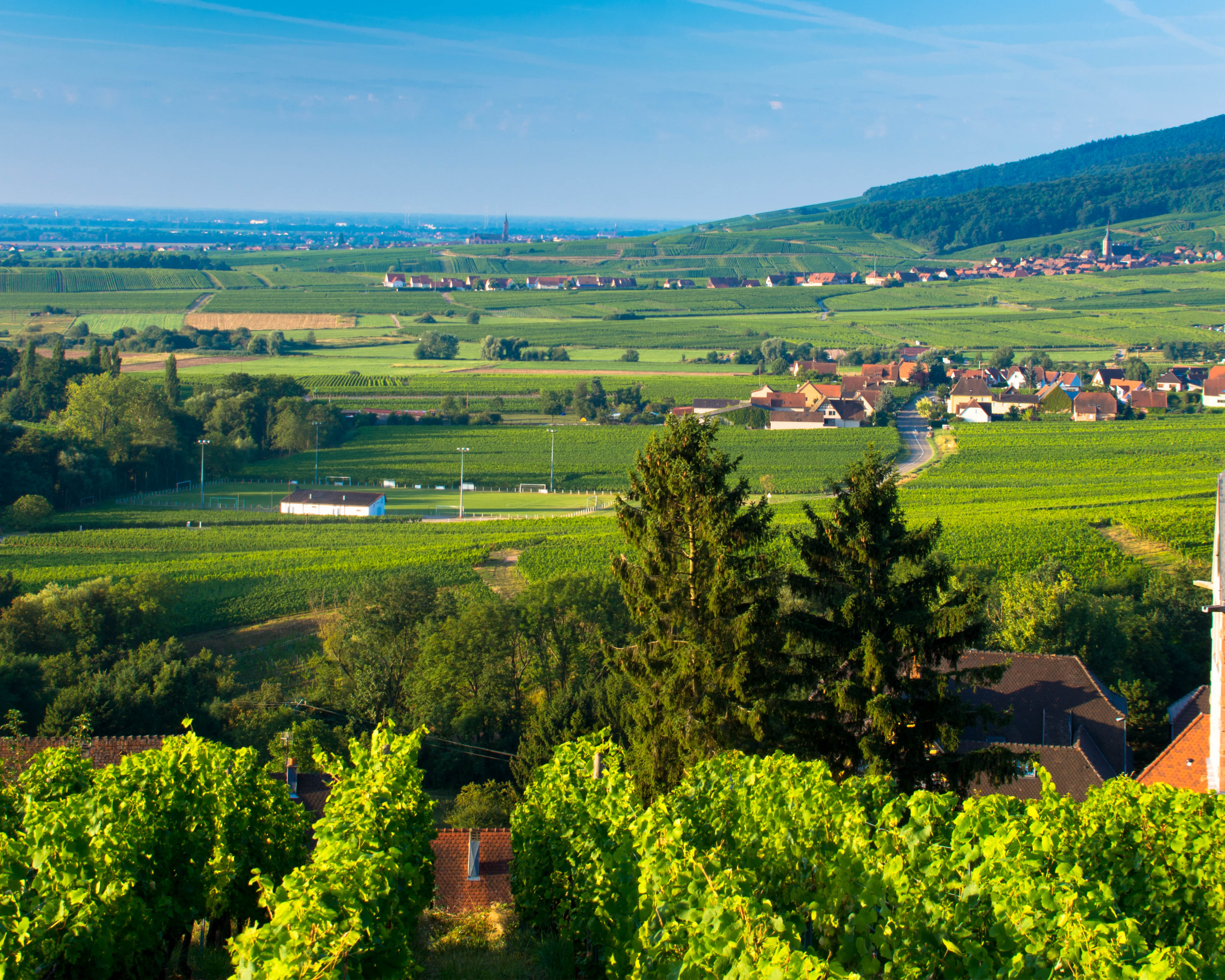
Alsace: Riesling, terroir, and aromatics
Where French craftsmanship meets German influence – explore the world of structured Riesling, rich Gewürztraminer, and expressive Pinot Gris.
A meal without Alsace wine is like a day without sunshine
– Anonymous
Alsace: where terroir meets tradition
Nestled along the eastern border of France, between the Vosges Mountains and the Rhine River, Alsace is a region defined by its unique blend of French and German influences. Known for producing some of the world’s most expressive white wines, Alsace is a paradise for wine lovers seeking aromatic complexity, minerality, and precision.
Unlike most other French regions, Alsace labels its wines by grape variety rather than appellation. The region is famed for its dry, structured Rieslings, opulent Gewürztraminers, and richly textured Pinot Gris. These wines reflect the region’s varied soils, cool climate, and centuries-old winemaking traditions.
Alsace enjoys a continental climate, with warm summers and dry autumns, allowing grapes to ripen slowly while retaining high acidity. The Vosges Mountains act as a natural barrier, protecting vineyards from excessive rainfall and giving rise to wines that are intensely concentrated yet fresh.
The region is home to 51 grand cru vineyards, where terroir plays a crucial role in shaping the wines' depth and character. Whether it’s a crisp Riesling from the granite slopes of Schlossberg, an exotic Gewürztraminer from the limestone-rich soils of Hengst, or a velvety Pinot Gris from the volcanic terroirs of Rangen, Alsace offers a stunning diversity of styles for every palate.
This unique combination of history, geology, and craftsmanship has made Alsace one of the world’s most distinctive wine regions.
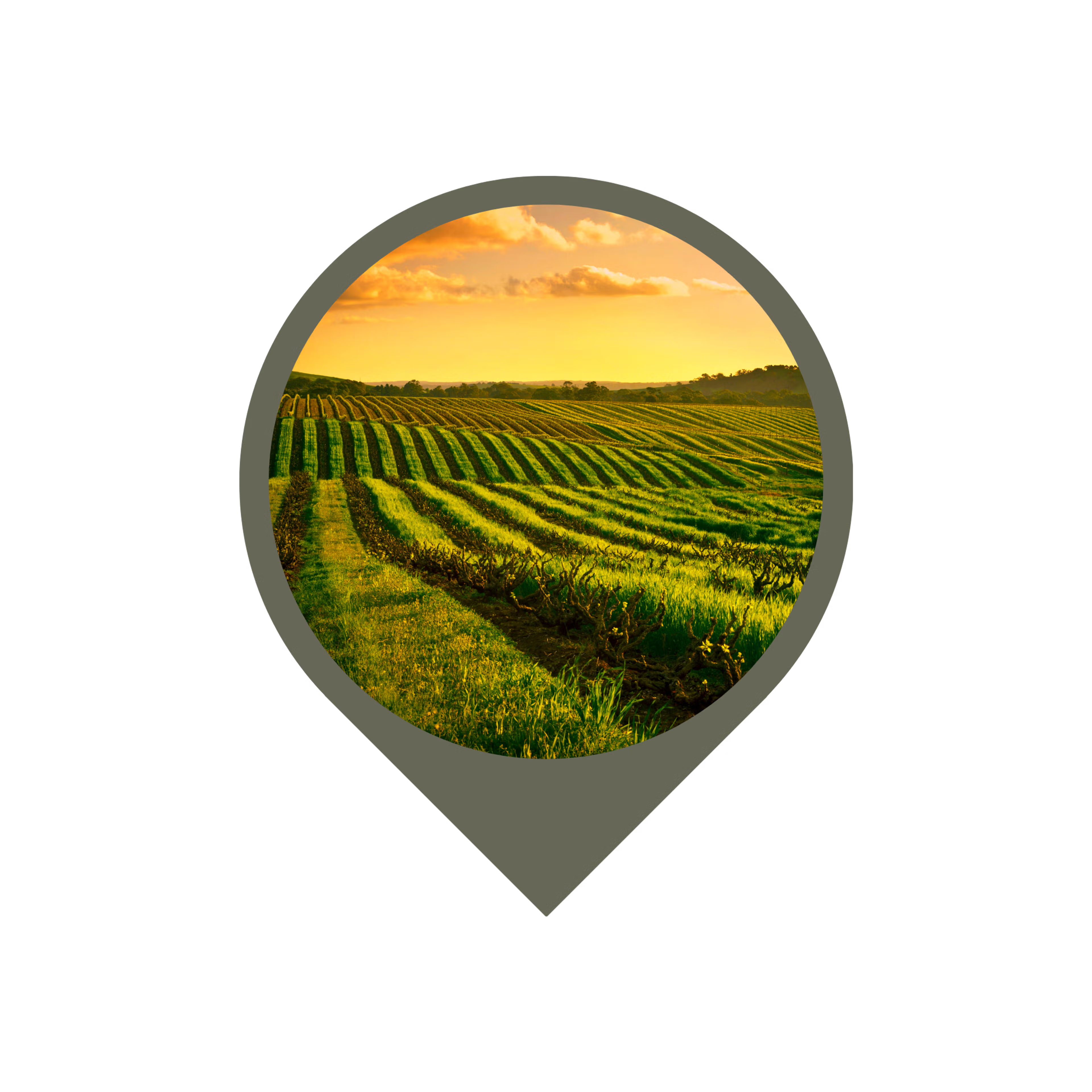
Exploring the unique landscapes of Alsace
From the foothills of the Vosges to the Rhine plains
Alsace’s vineyards stretch for 120 kilometers, following a narrow strip of land between the Vosges Mountains and the Rhine River. This unique location creates a diverse terroir, with varied soils and microclimates that influence the wines’ character.
The Vosges Mountains act as a natural shield, limiting rainfall and ensuring a long, slow growing season. This allows grapes to develop rich aromas and vibrant acidity, a hallmark of Alsace wines. The vineyards are planted on steep slopes and rolling hills, benefiting from excellent sun exposure.
Three key terroir zones define Alsace wines:
The foothills of the Vosges:
Home to the grand cru vineyards, these slopes feature granite, schist, and volcanic soils, producing highly structured and mineral-driven wines.
Riesling from these vineyards is crisp, precise, and long-lived, with intense citrus and flint notes.
The mid-slope vineyards:
This area consists of limestone and marl-rich soils, ideal for Gewürztraminer and Pinot Gris.
Wines from this terroir tend to be full-bodied, aromatic, and complex, often with floral and exotic fruit characteristics.
The lower plains near the Rhine River:
Soils here are alluvial and fertile, producing lighter, fruitier wines meant for early drinking.
Pinot Blanc and Sylvaner thrive in these conditions, offering fresh and easy-drinking styles.
The region’s terroir diversity means that each vineyard site expresses itself uniquely, making Alsace one of the most terroir-driven wine regions in the world.
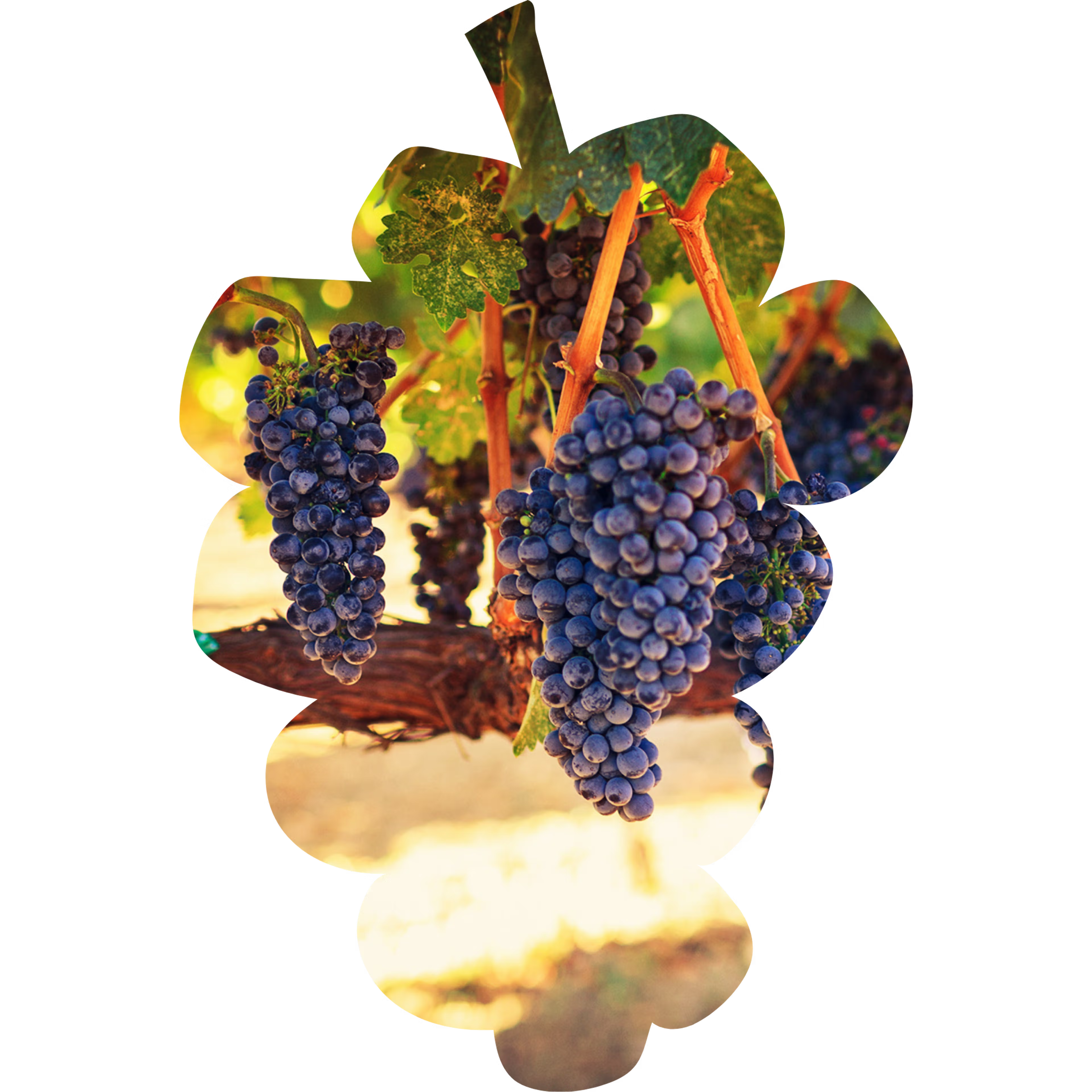
The noble grapes that define Alsace wines
Riesling, Gewürztraminer, and Pinot Gris
Alsace is famous for its noble white grape varieties, each showcasing the region’s unique terroir in a distinct way.
🍃 Riesling – purity and precision
The king of Alsace wines, known for its high acidity, dry structure, and intense minerality.
Expresses aromas of lime, green apple, and wet stone, with great aging potential.
Riesling from grand cru sites like Schlossberg or Brand develops layers of complexity, evolving into honeyed and petrol-like notes over time.
🌼 Gewürztraminer – exotic and floral
Alsace’s most aromatic grape, producing wines with intense notes of lychee, rose, and spice.
Often slightly off-dry, with a rich, oily texture and a powerful floral bouquet.
The best examples come from limestone-rich terroirs, adding balance to its lush aromatics.
🌿 Pinot Gris – rich and textured
Known for its full body, honeyed richness, and smoky complexity.
Aromas of ripe pear, dried apricot, and spice, with a velvety mouthfeel.
Alsace Pinot Gris is often more structured than its Italian counterpart, making it ideal for aging and food pairing.
These three noble grapes, along with Pinot Blanc, Sylvaner, and Muscat, create an incredible range of wine styles, from bone-dry and mineral-driven to intensely aromatic and luscious.
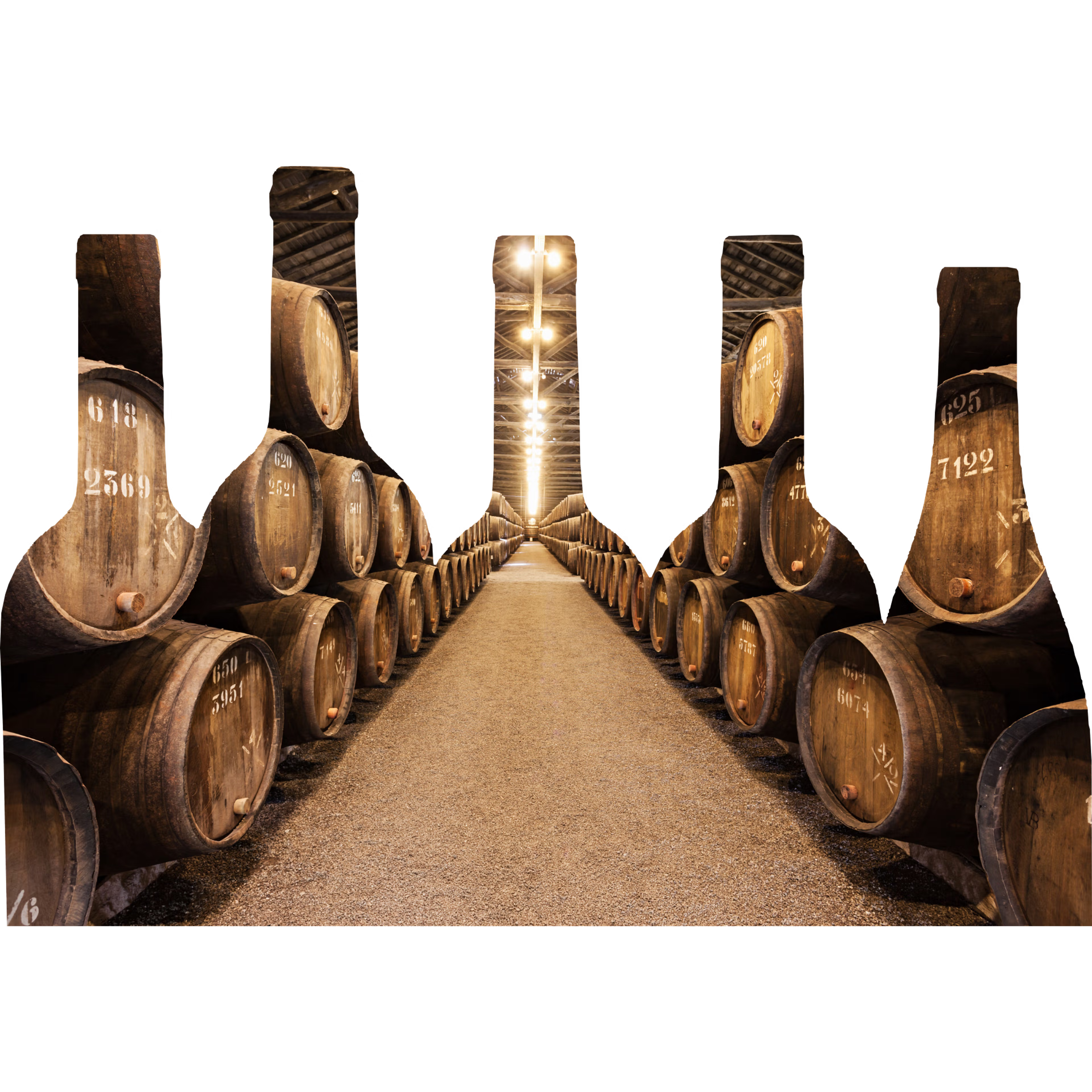
Meet the masters of Alsace winemaking
Trimbach, Domaine Zind-Humbrecht, and the pursuit of excellence
Alsace is home to some of the world’s most respected wine producers, known for their commitment to terroir, tradition, and innovation. Two estates, in particular, stand out for their unwavering quality and international acclaim.
🍷 Trimbach – purity and precision since 1626
A benchmark producer known for its dry, structured Rieslings and impeccable balance.
The flagship wine, Riesling Clos Sainte Hune, comes from a single vineyard within the Rosacker Grand Cru, producing some of the finest dry Rieslings in the world.
The Trimbach style is characterized by clean, precise wines with high acidity and aging potential.
🌿 Domaine Zind-Humbrecht – biodynamic pioneers
One of Alsace’s most innovative and terroir-driven estates, renowned for its grand cru wines and biodynamic practices.
Produces opulent, expressive wines that showcase the full intensity of Alsace’s unique soils.
Their Rangen de Thann Grand Cru Pinot Gris and Riesling are highly sought after for their smoky, volcanic minerality and depth.
Other notable producers include:
Domaine Weinbach – Elegant, organically farmed wines with a focus on finesse.
Hugel & Fils – One of Alsace’s oldest estates, producing classic, age-worthy wines.
Josmeyer – A leading biodynamic winery, known for precise, terroir-driven expressions.
These estates continue to shape Alsace’s reputation, ensuring the region remains a reference point for aromatic, world-class white wines.
Exceptional years in Alsace’s history
Alsace’s cool continental climate means that vintage variation plays a significant role in the quality and aging potential of its wines. Here are three standout years worth seeking:
🍇 1998 – a classic vintage for long-lived wines
- A year that produced concentrated, structured wines with exceptional balance.
- Rieslings from this vintage have aged beautifully, developing layers of honey, petrol, and citrus zest.
- Gewürztraminers and Pinot Gris from 1998 remain rich and complex, showing their full aromatic intensity.
🌞 2010 – fresh acidity and remarkable precision
- A cooler vintage, yielding wines with vibrant acidity and long aging potential.
- Rieslings from 2010 are particularly bright and mineral-driven, ideal for extended cellaring.
- Pinot Gris and Gewürztraminer show excellent structure and depth, with lifted floral and spice notes.
🍃 2015 – ripe, generous, and immediately appealing
- A warm, dry year, producing powerful yet balanced wines with rich fruit concentration.
- Gewürztraminer and Pinot Gris from 2015 are aromatic, opulent, and lush, with superb weight on the palate.
- Rieslings are expressive and structured, though slightly more approachable in their youth compared to cooler vintages.
Each of these vintages reflects a different aspect of Alsace’s potential, from long-lived and structured to generous and expressive, proving why the region continues to captivate wine lovers worldwide.
Store your Alsace wines at the perfect temperature
Explore our range of wine coolers →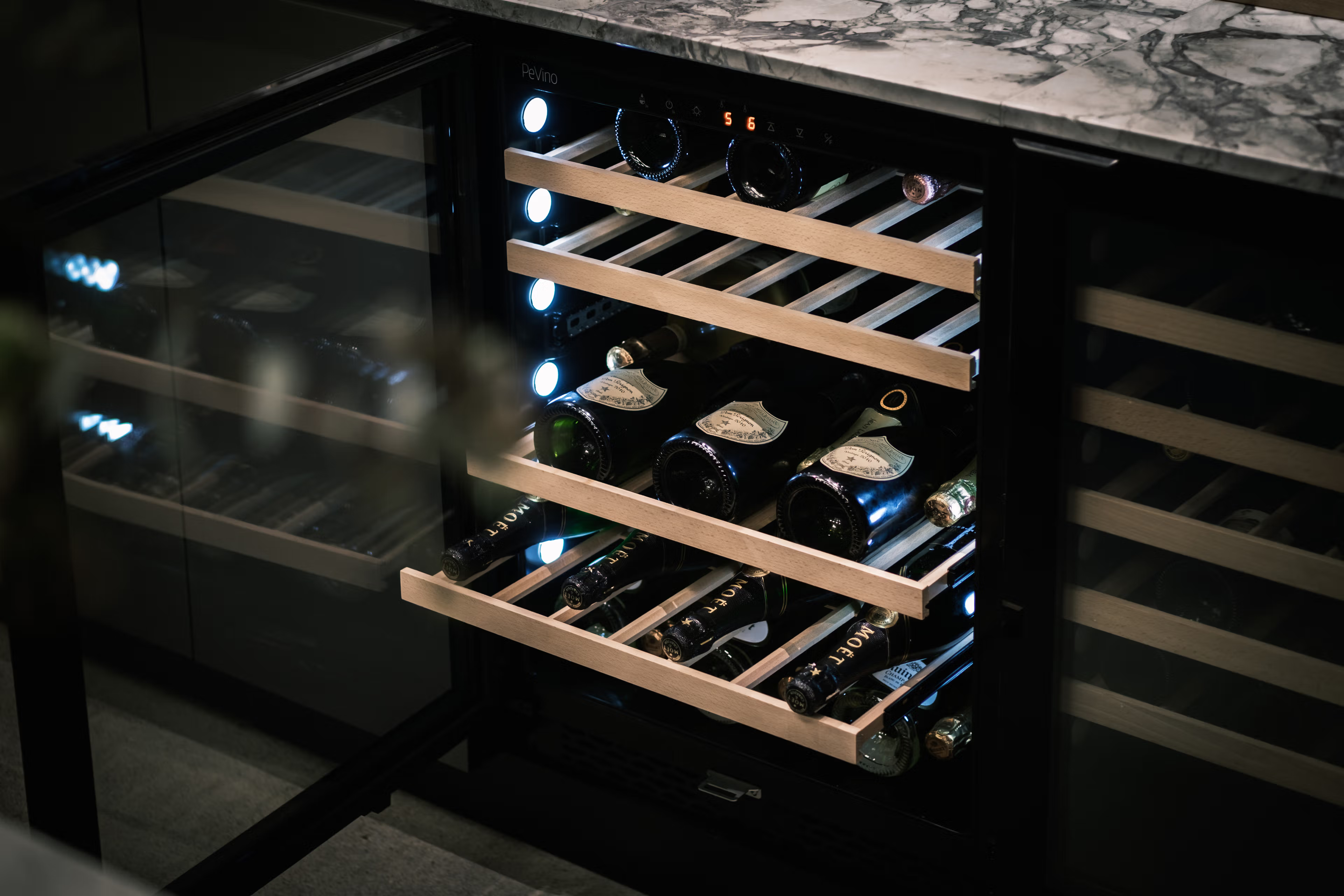
Showcase your Alsace wine collection in style
Find your perfect wine rack →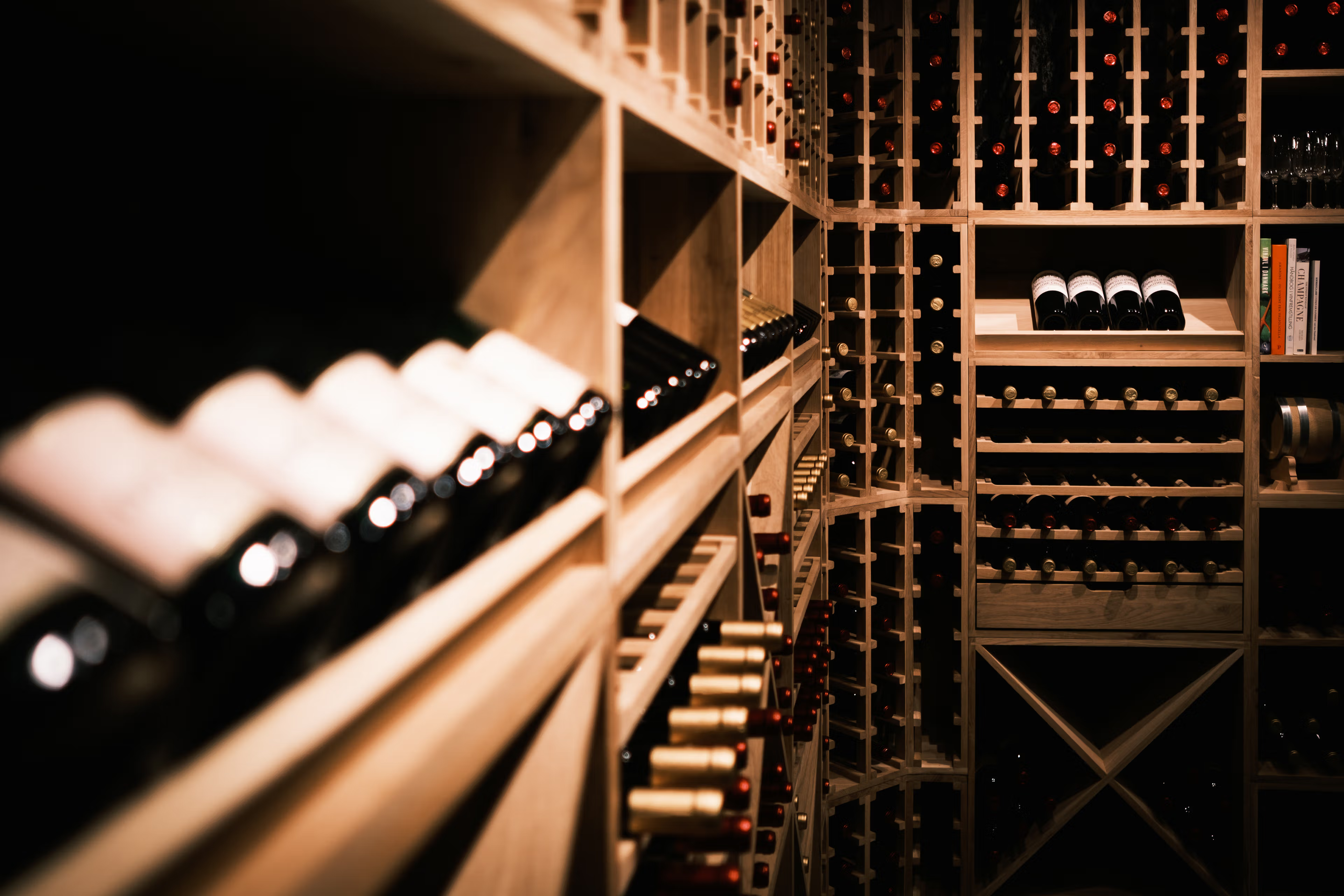
The wines of Alsace: a guide for enthusiasts
The Alsace wine region, located in the northeast of France, is celebrated for its aromatic white wines, shaped by a unique mix of French and German influences. Known for its expressive Riesling, opulent Gewürztraminer, and structured Pinot Gris, Alsace produces some of the most distinctive wines in France.
A region shaped by its terroir
Alsace’s vineyards stretch along the eastern slopes of the Vosges Mountains, benefiting from a dry continental climate with long, sunny autumns. The region’s diverse soils, ranging from granite and limestone to volcanic rock, contribute to the distinctive flavors and minerality of its wines.
The 51 grand cru vineyards of Alsace showcase the region’s finest terroirs, producing wines with exceptional depth and complexity. Each vineyard, from the granite-rich Schlossberg to the volcanic Rangen de Thann, lends a unique character to the wines grown there.
Alsace’s most famous grape varieties
Alsace is one of the few French regions to label its wines by grape variety, emphasizing the purity of expression in each bottle.
🍃 Riesling – crisp, dry, and mineral-driven
- Known for its high acidity and intense citrus and flint notes.
- Often regarded as one of the best aging white wines, developing honeyed and petrol aromas over time.
🌼 Gewürztraminer – intensely floral and spicy
- Rich, full-bodied wines with aromas of lychee, rose petals, and baking spices.
- Often slightly off-dry, making it an ideal pairing for spicy cuisines.
🌿 Pinot Gris – textured, complex, and age-worthy
- Displays notes of ripe pear, dried apricot, and smoky minerality.
- More structured than its Italian counterpart, with a velvety mouthfeel and excellent aging potential.
Leading producers and key vintages
🏆 Trimbach – A historic estate producing world-renowned, dry Rieslings with remarkable aging potential.
🌿 Domaine Zind-Humbrecht – A pioneer in biodynamic viticulture, crafting expressive, terroir-driven wines.
📅 Best Alsace vintages to seek out:
- 1998 – Structured and long-lived, with remarkable aging potential.
- 2010 – Fresh and vibrant, marked by high acidity and minerality.
- 2015 – Generous and ripe, with opulent fruit flavors and richness.
How to store and enjoy Alsace wines
To maintain the aromatic intensity and balance of Alsace wines, proper storage is essential:
✔ White wines: Best stored at 8-12°C (46-54°F) to preserve freshness.
✔ Grand cru Rieslings: Benefit from aging at 10-12°C (50-54°F) to allow flavors to evolve.
✔ Wine coolers provide stable conditions, ensuring optimal development.
From crisp Rieslings to opulent Gewürztraminers, Alsace offers a diverse range of wines that reflect the region’s rich terroir and winemaking heritage.
🍷 Looking for the perfect way to store your Alsace collection? Browse our selection of wine coolers and racks to keep your bottles in peak condition.